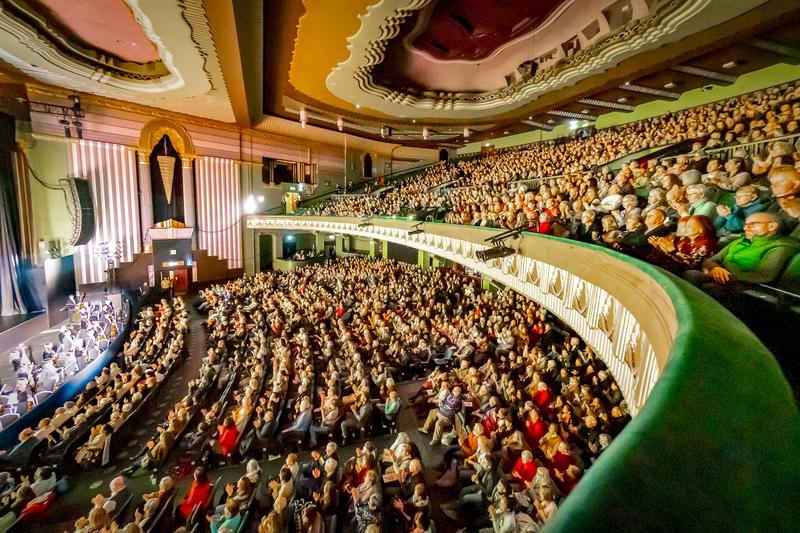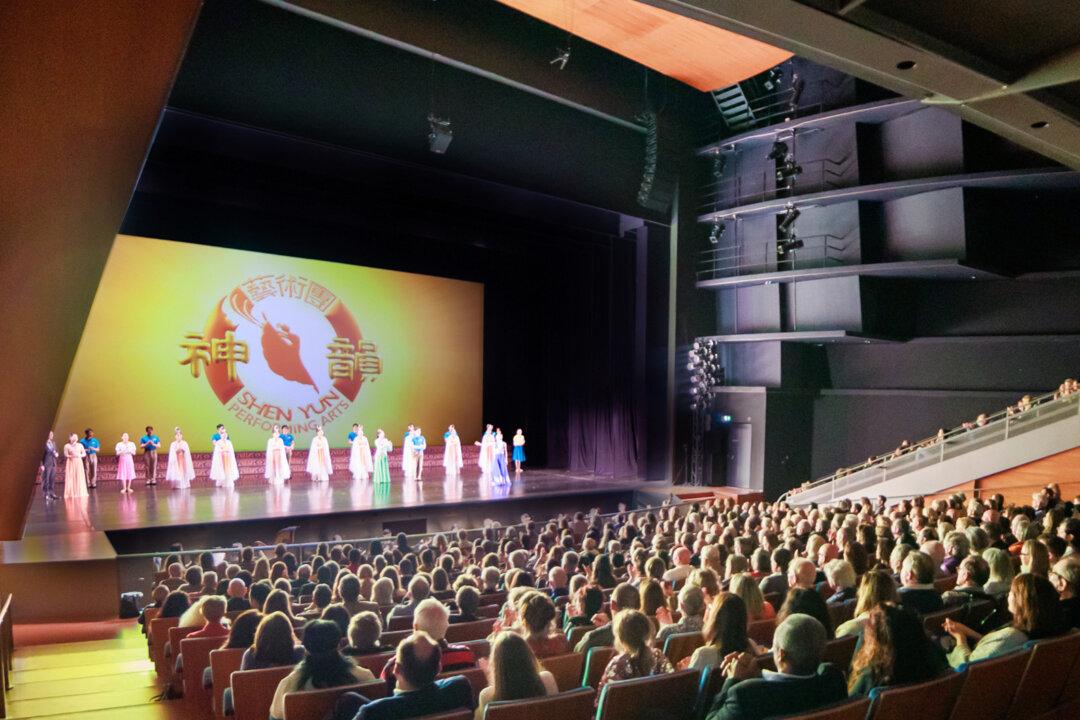Kenan and Kenneth Porter are confident the Heritage Trail will be well-traveled by thirsty tourists on the stretch that goes through Middletown. On Cottage Street nearby, in a building that formerly housed the Clemson Bros. hacksaw company, their craft brewery is coming to life.
Clemson Bros. Brewery does not expect in the near future to rival the Brooklyn Brewery, a dominant craft brewery in New York. But Kenan Porter has big plans for the buildings he owns in downtown Middletown.




